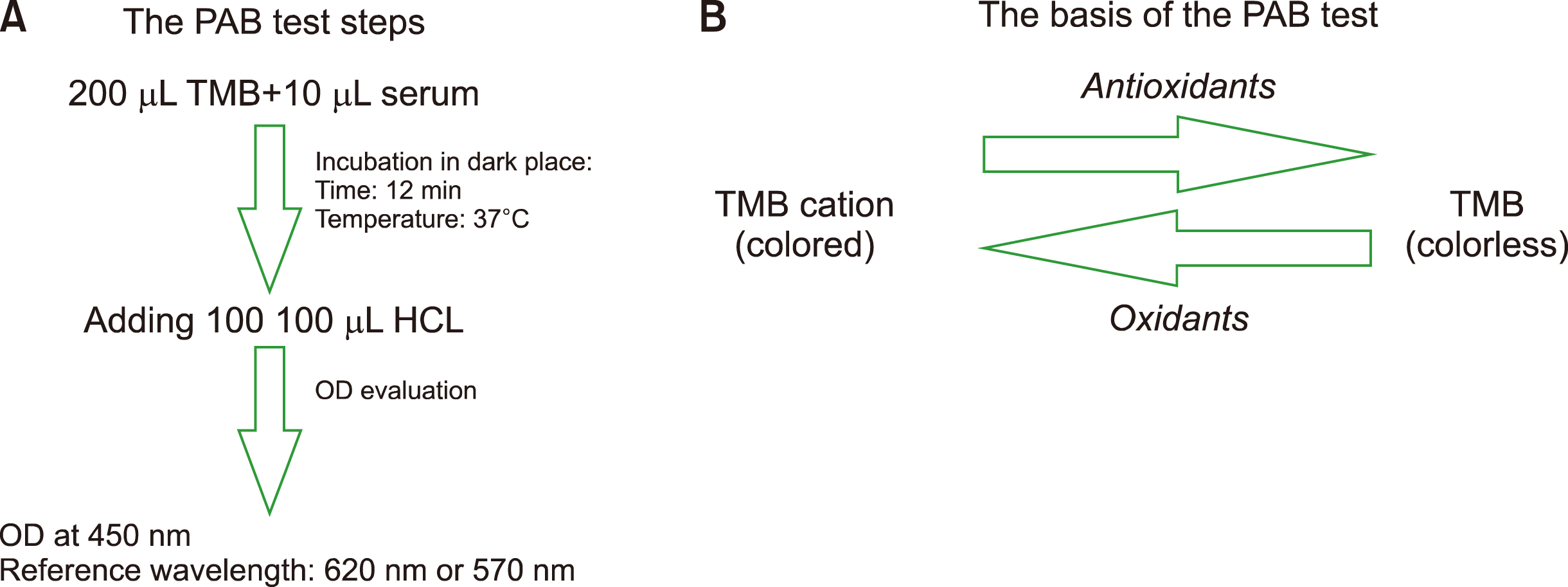2. Mirmomen S, Alavian SM, Hajarizadeh B, et al. 2006; Epidemiology of hepatitis B, hepatitis C, and human immunodeficiency virus infecions in patients with beta-thalassemia in Iran: a multicenter study. Arch Iran Med. 9:319–23. PMID:
17061602.
3. Moayeri H, Oloomi Z. 2006; Prevalence of growth and puberty failure with respect to growth hormone and gonadotropins secretion in beta-thalassemia major. Arch Iran Med. 9:329–34. PMID:
17061604.
4. Mohammadi Z, Sharif Zak M, Seidi K, Barati M, Akbarzadeh A, Zarghami N. 2017; The effect of chrysin loaded PLGA-PEG on metalloproteinase gene expression in mouse 4T1 tumor model. Drug Res (Stuttg). 67:211–6. DOI:
10.1055/s-0042-122136. PMID:
28166590.
5. Ataei B, Hashemipour M, Kassaian N, Hassannejad R, Nokhodian Z, Adibi P. 2012; Prevalence of anti HCV infection in patients with Beta-thalassemia in Isfahan-Iran. Int J Prev Med. 3(Suppl 1):S118–23. PMID:
22826753.
6. Adil A, Sobani ZA, Jabbar A, Adil SN, Awan S. 2012; Endocrine complications in patients of beta thalassemia major in a tertiary care hospital in Pakistan. J Pak Med Assoc. 62:307–10. DOI:
10.1530/endoabs.90.ep661.
7. Charafeddine K, Isma'eel H, Charafeddine M, et al. 2008; Survival and complications of beta-thalassemia in Lebanon: a decade's experience of centralized care. Acta Haematol. 120:112–6. DOI:
10.1159/000171088. PMID:
19001806.
8. Nemtsas P, Arnaoutoglou M, Perifanis V, Koutsouraki E, Orologas A. 2015; Neurological complications of beta-thalassemia. Ann Hematol. 94:1261–5. DOI:
10.1007/s00277-015-2378-z. PMID:
25903043.
9. Ghone RA, Kumbar KM, Suryakar AN, Katkam RV, Joshi NG. 2008; Oxidative stress and disturbance in antioxidant balance in beta thalassemia major. Indian J Clin Biochem. 23:337–40. DOI:
10.1007/s12291-008-0074-7. PMID:
23105782. PMCID:
PMC3453139.
11. Barati M, Jabbari M, Navekar R, et al. 2020; Collagen supplementation for skin health: a mechanistic systematic review. J Cosmet Dermatol. 19:2820–9. DOI:
10.1111/jocd.13435. PMID:
32436266.
12. Salehi-Sahlabadi A, Teymoori F, Jabbari M, et al. 2021; Dietary polyphenols and the odds of non-alcoholic fatty liver disease: a case-control study. Clin Nutr ESPEN. 41:429–35. DOI:
10.1016/j.clnesp.2020.09.028. PMID:
33487302.
13. Alamdari DH, Paletas K, Pegiou T, Sarigianni M, Befani C, Koliakos G. 2007; A novel assay for the evaluation of the prooxidant- antioxidant balance, before and after antioxidant vitamin administration in type II diabetes patients. Clin Biochem. 40:248–54. DOI:
10.1016/j.clinbiochem.2006.10.017. PMID:
17196578.
16. Salehi-Sahlabadi A, Mokari A, Elhamkia M, Farahmand F, Jabbari M, Hekmatdost A. 2020; Dietary total antioxidant capacity and risk of non-alcoholic fatty liver disease: a case-control study. J Res Health Sci. 20:e00486. DOI:
10.34172/jrhs.2020.18. PMID:
33169718. PMCID:
PMC7585767.
17. Guzelcicek A, Cakirca G, Erel O, Solmaz A. 2019; Assessment of thiol/disulfide balance as an oxidative stress marker in children with β-thalassemia major. Pak J Med Sci. 35:161–5. DOI:
10.12669/pjms.35.1.307. PMID:
30881416. PMCID:
PMC6408658.
18. Ehteram H, Bavarsad MS, Mokhtari M, et al. 2014; Prooxidant- antioxidant balance and hs-CRP in patients with beta-thalassemia major. Clin Lab. 60:207–15. DOI:
10.7754/Clin.Lab.2013.130132. PMID:
24660532.
19. Ghorban K, Shanaki M, Mobarra N, et al. 2016; Apolipoproteins A1, B, and other prognostic biochemical cardiovascular risk factors in patients with beta-thalassemia major. Hematology. 21:113–20. DOI:
10.1179/1607845415Y.0000000016. PMID:
25913481.
20. Ghahremanlu E, Banihashem A, Saber H, et al. 2013; Increased serum heat shock protein 27 antibody titers and prooxidant-antioxidant balance in patients with beta-thalassemia major. Acta Haematol. 129:1–9. DOI:
10.1159/000339502. PMID:
22964881.
21. Lai ME, Vacquer S, Carta MP, et al. 2011; Evidence for a proatherogenic biochemical phenotype in beta thalassemia minor and intermedia. Acta Haematol. 126:87–94. DOI:
10.1159/000327252. PMID:
21576933.
23. Benli AR, Yildiz SS, Cikrikcioglu MA. 2017; An evaluation of thyroid autoimmunity in patients with beta thalassemia minor: a case-control study. Pak J Med Sci. 33:1106–11. DOI:
10.12669/pjms.335.13210. PMID:
29142547. PMCID:
PMC5673716.
24. Eshragi P, Tamaddoni A, Zarifi K, Mohammadhasani A, Aminzadeh M. 2011; Thyroid function in major thalassemia patients: is it related to height and chelation therapy? Caspian J Intern Med. 2:189–93. PMID:
24024013. PMCID:
PMC3766932.
28. Al-Moshary M, Imtiaz N, Al-Mussaed E, Khan A, Ahmad S, Albqami S. 2020; Clinical and biochemical assessment of liver function test and its correlation with serum ferritin levels in transfusion- dependent thalassemia patients. Cureus. 12:e7574. DOI:
10.7759/cureus.7574. PMID:
32391223. PMCID:
PMC7205361.





 PDF
PDF Citation
Citation Print
Print


 XML Download
XML Download